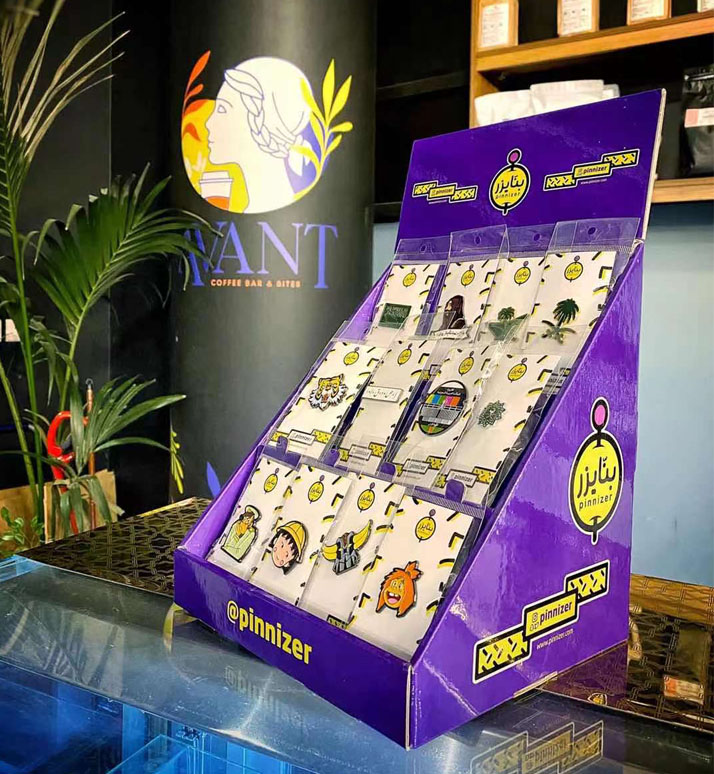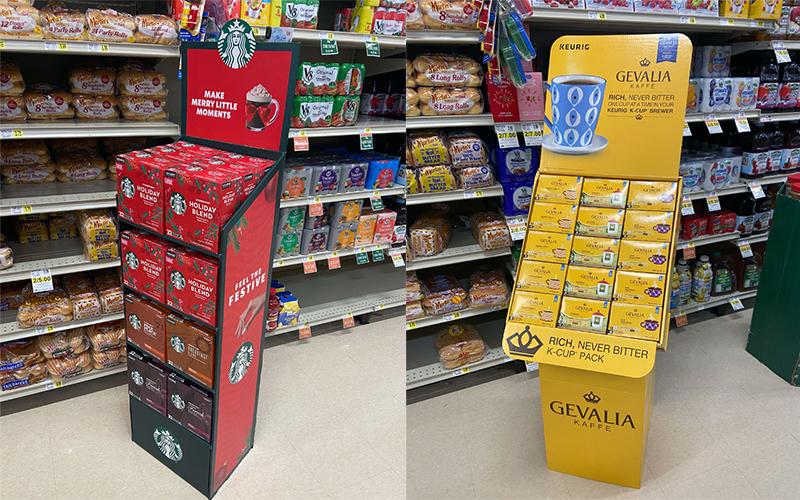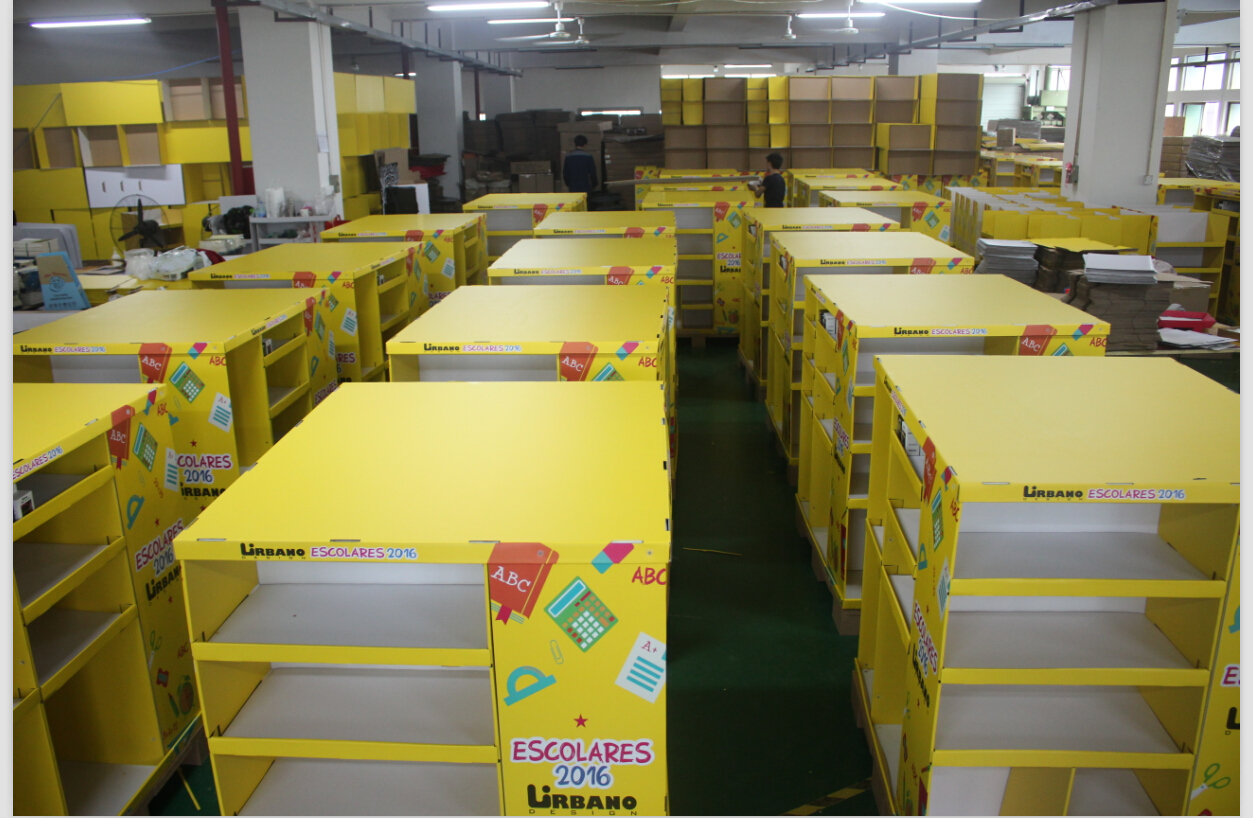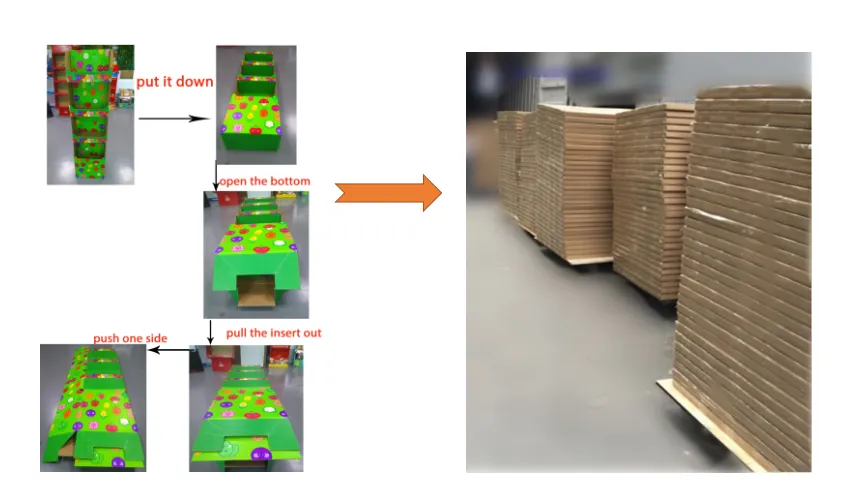Are your products getting lost on crowded retail shelves? This invisibility costs you sales and brand recognition. Custom cardboard floor displays grab attention and drive purchases right where it matters most.
Custom cardboard floor displays are freestanding structures made from corrugated board, designed to showcase specific products. They boost sales by increasing product visibility, creating a unique brand experience, and driving impulse buys in high-traffic areas of a retail store. They are a cost-effective marketing tool.
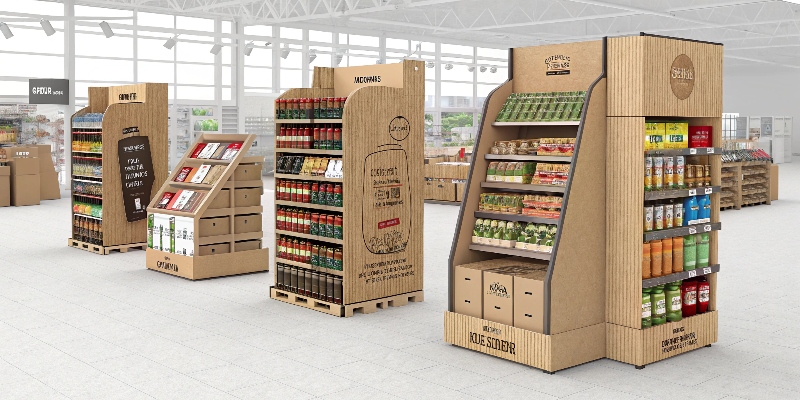
These displays are more than just fancy boxes. They are silent salespeople1 working for you 24/7. In my 16 years in this industry, I've seen them turn struggling products into bestsellers. But to really understand their power, we need to break down what they are and how they work. Let's start with the basics.
What are cardboard displays called?
Ever tried describing a "big cardboard thingy for products" to a supplier? It’s confusing and can lead to the wrong quote. Knowing the right terms ensures you get what you need, fast.
Cardboard displays have many names depending on their placement and function. Common terms include Point of Purchase (POP) displays2, Point of Sale (POS) displays3, floor displays, counter displays (or CDU), dump bins, and pallet displays. Each type serves a unique purpose.
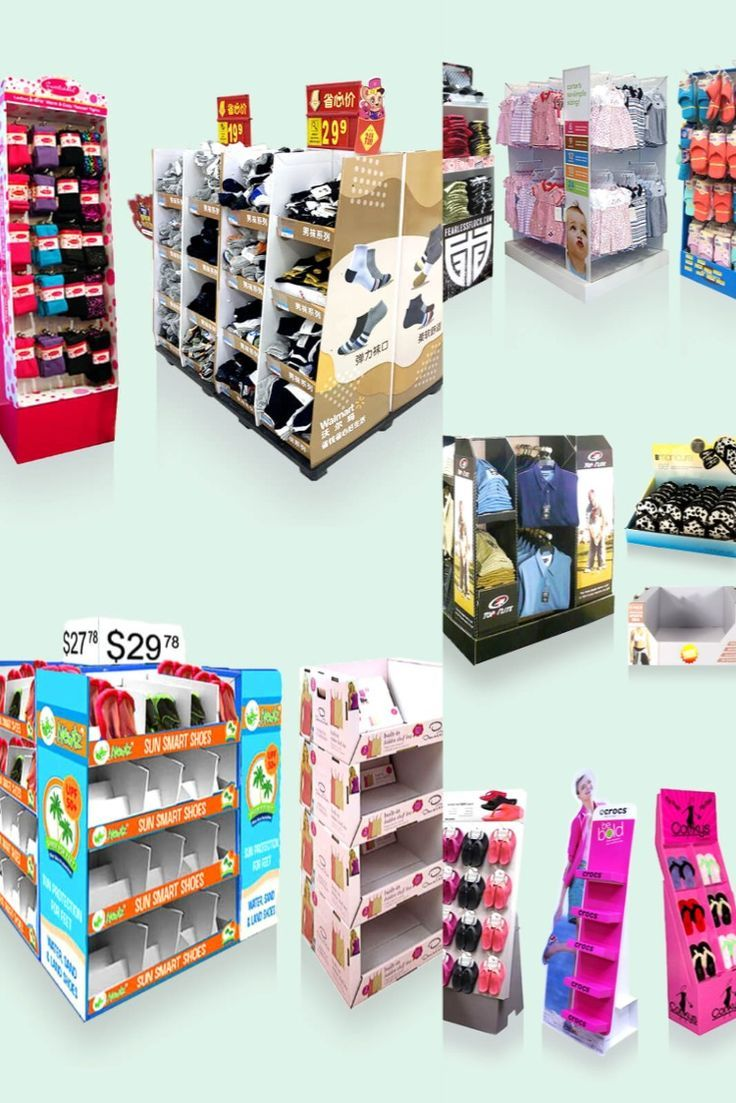
In my experience, designers like Peter often need to communicate a specific vision to both their marketing team and to us, the manufacturer. Using the correct terminology is the first step to a successful project. Let's break down the most common names you'll encounter.
A Glossary for Designers
The umbrella term is Point of Purchase (POP) display. This refers to any marketing material or display placed next to the merchandise it is promoting. Sometimes you'll hear Point of Sale (POS), which is very similar but often refers specifically to the checkout area. The terms are mostly interchangeable in the industry today.
Key Cardboard Display Categories
To get more specific, we classify them by where and how they are used. This helps designers match the display to the retail strategy. Here's a quick guide I share with new clients:
| Display Type | Common Name(s) | Primary Location & Goal |
|---|---|---|
| Floor Display | Floor Standing Display Unit (FSDU) | Placed in aisles or at end-caps4 to attract attention. |
| Counter Display | Counter Display Unit (CDU), PDQ | At checkout counters5 for last-minute impulse purchases6. |
| Large Bin | Dump Bin | In main aisles for promotions or small, high-volume items. |
| Pallet Display | Pallet Skirt, Full Pallet Display | In big-box stores like Costco for bulk merchandise. |
Knowing these names helps you have a much more productive conversation with a supplier like me, ensuring we're on the same page from day one.
What is the purpose of a retail display?
Do you just see a retail display7 as a simple shelf? That viewpoint limits your product's potential and leaves sales on the table. A great display is a silent salesperson working for you.
The primary purpose of a retail display is to attract customer attention8 and significantly increase sales. It achieves this by making a product stand out from competitors, communicating key brand messages, educating the customer, and encouraging impulse purchases6 right at the point of decision.

I always tell my team that we aren't just making boxes; we're creating sales opportunities9. The purpose of a display goes far beyond simply holding product. If it's not actively selling, it's not doing its job. Think of its purpose in three distinct stages.
Goal 1: Attract Attention
The retail floor is a battlefield for eyeballs. Your product has seconds to make an impression. A custom floor display uses bold graphics, unique shapes, and strategic placement to interrupt a shopper's journey and pull them in. It yells, "Hey, look over here!" in a crowded room.
Goal 2: Engage and Educate
Once you have their attention, the display must engage the customer. It quickly communicates the product's benefits and answers key questions. Why do they need it? What makes it special? This is done through clear headlines, bullet points, and compelling imagery. It turns a quick glance into genuine interest.
Goal 3: Convert to a Sale
The final and most important goal is to make the sale. The display should make it incredibly easy for the customer to grab the product. It can create a sense of urgency or highlight a special promotion. This is the moment it turns a shopper into a buyer, often through a powerful impulse.
How can a business build an effective retail display to sell a product?
Are your retail displays failing to move the needle on sales? It's frustrating to invest in something that doesn't work. The key is a strategic approach, not just a pretty design.
To build an effective retail display, focus on three things: Visibility (bold graphics, unique shape), Information (clear message, benefits), and Placement (high-traffic location). The design must also be structurally sound to hold the product and simple for store staff to assemble.
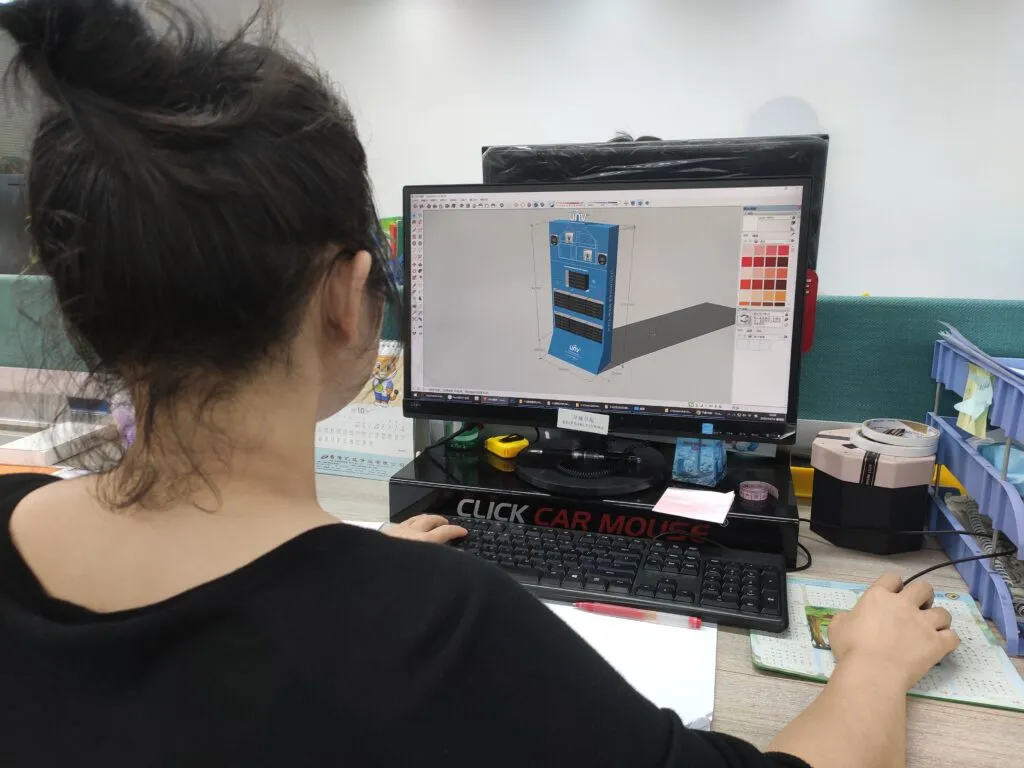
Over my 16 years, I've seen a clear pattern in what makes a display successful. It's not magic; it's a repeatable process. When a business comes to us, I walk them through this checklist to ensure we tick every box for an effective design.
Your Pre-Design Checklist
Before you even start sketching, you need to answer these questions. It's work that a product designer like Peter would do in collaboration with their marketing team.
- Who is the Target Audience? Your design must speak their visual language.
- What is the Key Message? What is the one thing you want shoppers to know?
- Where will it be placed? Aisle, end-cap, or checkout? This dictates the size and shape.
- How much product will it hold? This determines the structural requirements we need to engineer.
Balancing Creativity with Practicality
Once you have the strategy, the design work begins. It’s always a balance.
| Design Element | Practical Consideration |
|---|---|
| Creative Shape | Must be stable and not a safety hazard in a busy store. |
| Bold Graphics | Must be readable from a distance. Print quality is key. |
| Product Access | Shoppers must be able to easily take the product without a struggle. |
| Assembly | Must be so simple that store staff can set it up in minutes. |
We work closely with designers to ensure their creative vision is also strong, easy to assemble, and cost-effective to produce. This collaboration is crucial for success.
How do retail stores display their merchandise?
Ever wonder why some products get prime placement in a store? It’s not random. Without understanding the retailer's strategy, your amazing display could end up gathering dust in the backroom.
Retail stores display merchandise using various fixtures and strategies. These include standard shelving, end-caps4 at the end of aisles, checkout counters5, and temporary promotional displays like cardboard floor stands. Placement is determined by sales data, promotions, and supplier agreements.
[^10], including an end-cap display and an FSDU.](https://leader-display.com/wp-content/uploads/2025/05/Main-04-6.jpg)
Designing a great display is only half the battle. You need to understand how retailers think to secure the best spot. Stores use a science called merchandising to maximize sales per square foot. Your display needs to fit into their plan.
The Retailer's Playbook
Most stores are organized into zones, each with a different purpose. When I work with a client, I ask them to find out from the retailer where the display is likely to go.
- The Power Aisles: The main walkways. This is where you'll see large pallet displays or FSDUs for major promotions.
- End-Caps: The most valuable real estate. These spots at the end of aisles get tons of traffic and are reserved for best-sellers or high-margin promotions.
- Checkout (POS): The home of the impulse buy. Counter displays (CDUs) thrive here.
- In-Aisle: A standard FSDU can be placed within an aisle to break up the monotony of shelving and highlight a product in its category.
Standard Shelf vs. Custom Display
| Placement | Customer Interaction | Sales Impact |
|---|---|---|
| Standard Shelf | Blends in with competitors. | Lower visibility10, requires shopper to be actively looking. |
| Custom Display | Stands out, creates a destination. | High visibility, drives impulse and incremental sales. |
Your goal is to create a display so compelling—both visually and structurally—that the retailer wants to place it in a prime location. This makes their job easier and their sales higher.
Conclusion
In short, custom cardboard displays are vital tools. They grab attention, tell your brand's story, and directly increase sales in a competitive world by making your product the hero.
-
Find out how effective displays can act as silent salespeople to boost your sales. ↩
-
Learn about POP displays and their role in marketing strategies to boost sales. ↩
-
Understand the nuances between POS and POP displays for better marketing decisions. ↩
-
Understand why end-caps are prime real estate for product displays and promotions. ↩ ↩
-
Learn about the role of checkout counters in driving impulse purchases. ↩ ↩
-
Learn techniques to drive impulse buying through effective display strategies. ↩ ↩
-
Discover the key functions of retail displays in attracting customers and increasing sales. ↩
-
Discover methods to capture customer attention and increase engagement with your products. ↩
-
Discover how effective displays can turn browsing into buying, creating sales opportunities. ↩
-
Understand the importance of visibility in retail and how to enhance it for better sales. ↩



